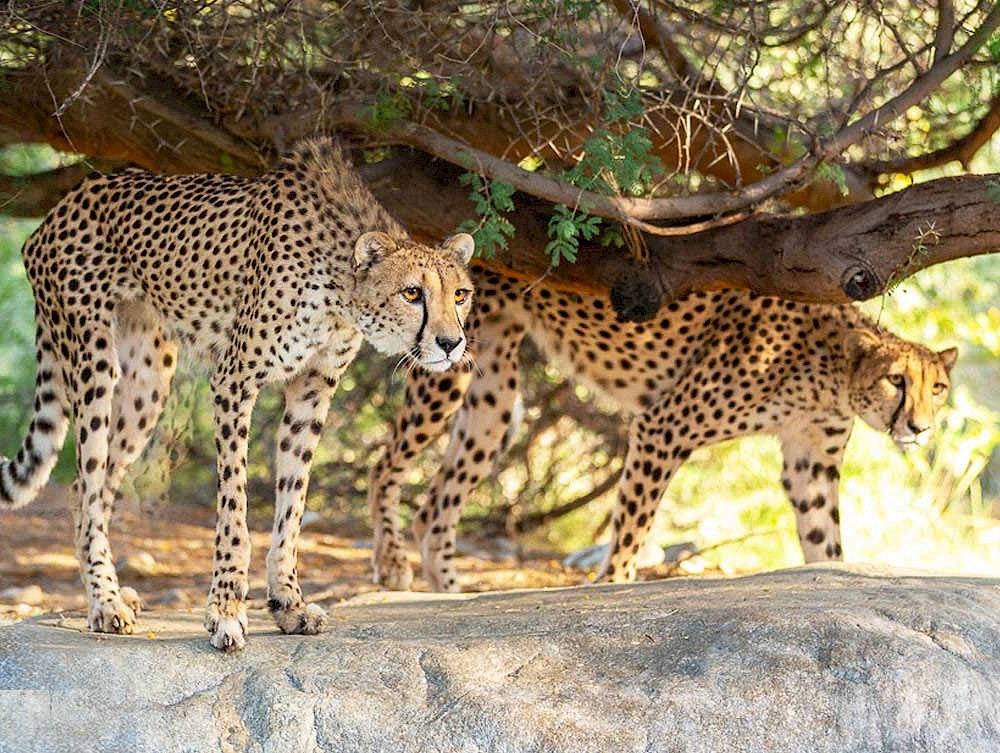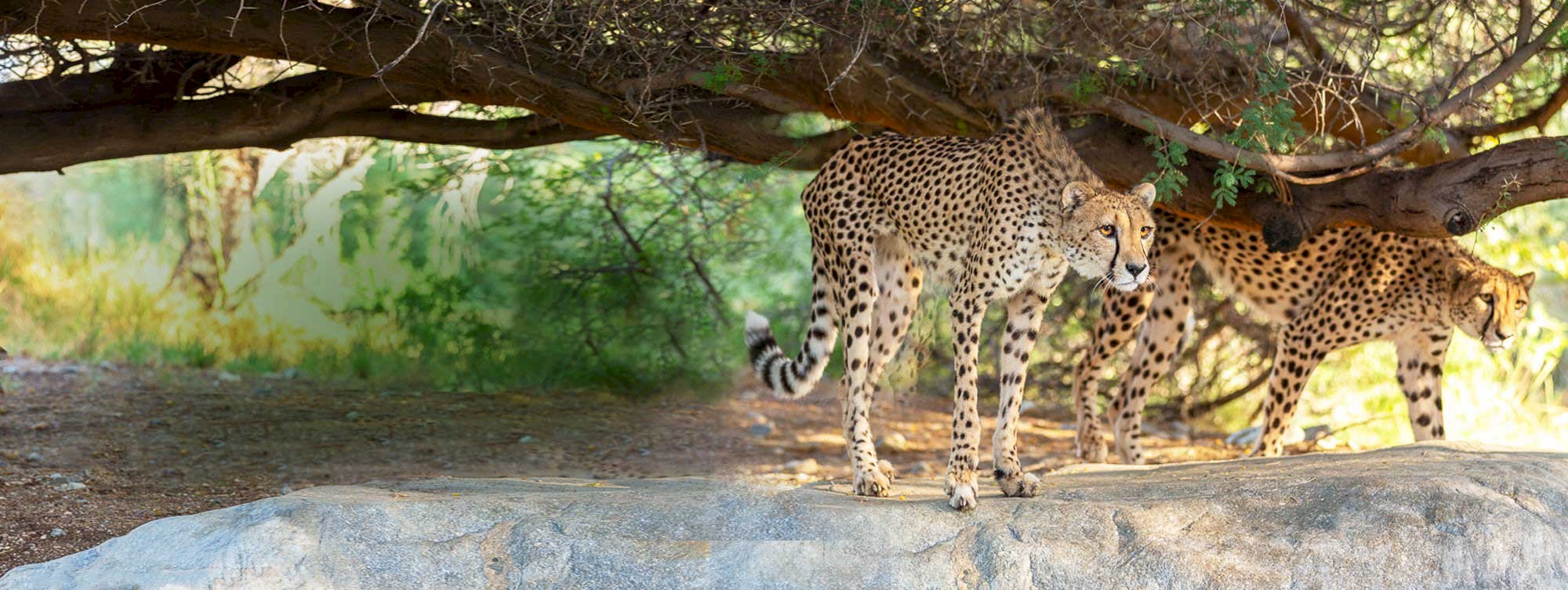A re-nesting guide
April 20, 2020
Coexisting with Nature and Wildlife
Cottontail Rabbits:
Cottontail rabbit nests are shallow depressions on the ground, covered with soft plant material and lined with fur from the mother rabbit. They are well-hidden and are meant to keep the babies undiscovered by predators. The mother rabbit only visits the nest twice a day- once at dawn and again at dusk- to keep attention away from the nest.
If you find a baby rabbit and it is injured or has been in contact with a cat or dog, contact a wildlife rehabilitator immediately.
If you find a baby rabbit that is uninjured and has not been in contact with a cat or dog, consider its size. Rabbits about the size of a softball (3-4 inches) or larger are fully independent and do not require human help. This age of rabbit is fully furred with its eyes open, and able to hop/walk around.
Rabbits smaller than the size of a softball (3 inches or less), should still be living in a nest. They may still have eyes closed with little or no fur and cannot move around well. Attempt to locate the nest (shallow depression in the ground lined with fur and plant material). Place the rabbit(s) in the nest and ensure they are completely covered with the nest material so they are not visible from above. Then, test the nest: place four pieces of string or sticks in a tic-tac-toe pattern over the nest, as straight as possible. Leave the area and check back in 12 hours (remember, mom only visits the nest twice per day). After 12 hours, check to see if the strings/stick are out of place. If they are undisturbed and the babies appear to be weak and thin, contact a wildlife rehabilitator.
Note: Rabbits that have contact with cats or dogs must be brought to a rehabilitator for care! Even tiny puncture wounds quickly introduce deadly bacteria into a rabbit’s body. Dogs pose a risk for crushing injuries to rabbits.
Note: It is illegal to possess wild rabbits without a state permit. Do not attempt to raise wild rabbits.
Note: Never feed baby rabbits! They have very sensitive digestive systems. If you must offer food before bringing them to a rehabilitator, chopped greens or pesticide-free grass are okay to offer.
Birds:
Know the stages of baby birds:
-
Hatchling: Featherless with eyes closed, helpless. Need to live in a nest and depend on parent bird(s) for warmth and food.
-
Nestling: Have pinfeathers (feathers that are still developing, covered in a keratin sheath), have eyes open and vocalize. Older nestlings will stretch and exercise their wings. Need to live in a nest and depend on their parent(s) for food.
-
Fledgling: Have well-feathered bodies with short tail and wing feathers. They walk and hop and may make short flights from the ground to low branches or from branch to branch. Do not live in a nest (they have left it) but are still dependent on parent bird(s) for some food and protection. May be learning how to hunt/find food on their own. This stage typically lasts one to two weeks.
If you find a baby bird that is injured, is cold to the touch, or has been in contact with a cat or dog, contact a wildlife rehabilitator immediately.
If you find a baby bird that is uninjured, is warm to the touch, and has not been in contact with a cat or dog, consider its age (see stages of baby birds, above). If you have found a hatchling or nestling, look for its nest. If you can locate a nest, contact a rehabilitator for further advice. It may be possible to re-nest (place bird back in the nest, or make a faux nest), but each situation is unique and any re-nesting should be guided by a rehabilitator’s advice.
Note: Birds that have contact with cats or dogs must be brought to a rehabilitator for care! Even tiny puncture wounds quickly introduce deadly bacteria into a bird’s body. Dogs pose a risk for crushing injuries to birds.
Note: It is illegal to possess native birds without federal and state permits. Do not attempt to raise wild birds.
Note: Do not feed or offer water to baby birds! They require specialized diets and may aspirate (inhale) water, causing illness and death.
Re-nesting tips: (contact a wildlife rehabber before re-nesting!)
1.) Construct a faux nest using an appropriate-sized container such as the bump from an egg carton, small cup, or basket. Ensure there are drainage holes in the container. Line the container with the original nesting material or leaves. Securely attach the nest to a branch using twist ties, pipe cleaners, or wire, so it is level. Do not use tape!
2.) Ensure the nest is placed out of direct sunlight and out of sight of predators. Hide the nest with leaves and disguise a faux nest as well as possible.
3.) Take note of the condition of the chick(s). Are they moving? Making noises? Compare their condition at the time of re-nesting to an hour later.
4.) After re-nesting, leave the area and CONTINUOSLY watch from a distance for one hour. The parent bird visits the nest VERY briefly. Do not take your eyes off the nest at all during this hour.
If you have found a healthy fledgling, consider the area where you found it. If the area is safe, leave the fledgling alone, giving it plenty of space so its parents can continue caring for it. Ensure pet dogs and cats are contained to help protect the fledgling. If the area is unsafe, contact a wildlife rehabilitator for advice. It is best to leave healthy fledglings in the wild whenever possible, as they are going through a critical learning period.
Did you know? It is a myth that parent birds will not return if chicks are touched by humans. Birds have a poor sense of smell and are good parents that do not easily give up on nesting/chick-rearing.
It is important that re-nesting should not be attempted without first consulting a rehabber. Find a rehabber near you>>
Facebook LIVE Demonstration on re-nestings!
The images below examples and supplies of what a re-nest looks like. We'd like to take the opportunity to thank the incredible models for posing in the photos - Rubber Duckies and Bunny Plush!














